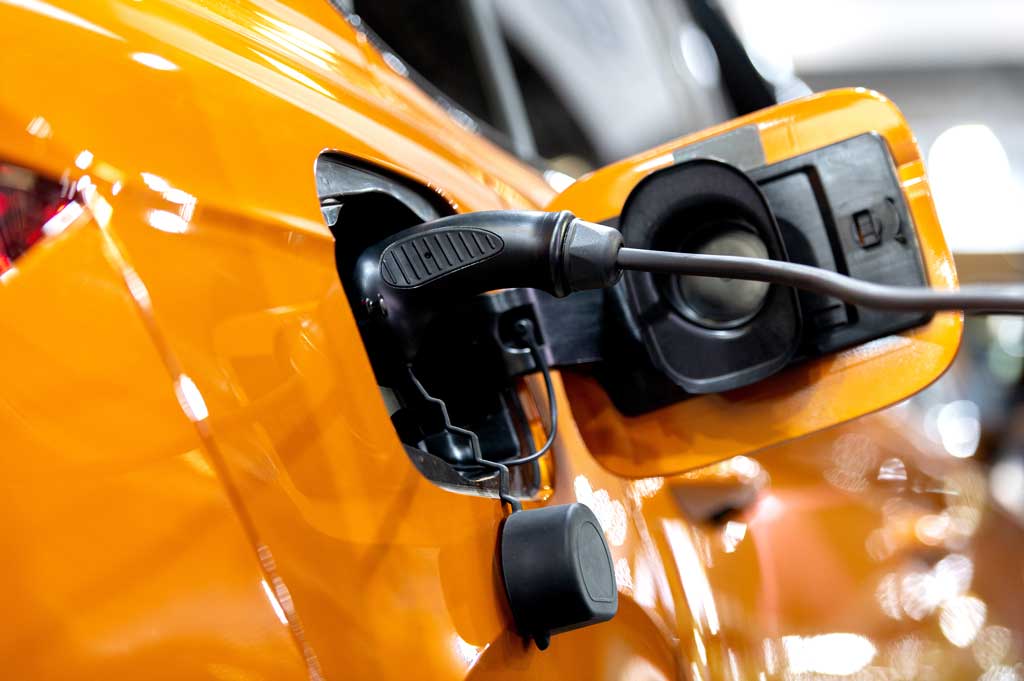

Electric commercial vehicles are on the march. In July this year, the US Postal Service modified an order for 50,000 mail trucks that it had placed with Oshkosh Defence only a few months earlier so that it could include far more EVs. Petrol powered vehicles were due to make up 90% of the order, but following pressure from the Biden administration, environmental groups and several US states, the deal has been modified so that about half of the Oshkosh vehicles will be electric. Adding in orders from other manufacturers, some of which are also expected to include EVs, the USPS will have 84,500 new vehicles on order, of which at least 40% will be electric. Also in the US, the giant retailer Walmart wants to buy 4,500 of new entrant Canoo’s Lifestyle Delivery Vehicle EVs – that’s on top of 5,000 vehicles ordered from BrightDrop, General Motors’ commercial EV arm. In the UK, electric commercial vehicles are on the up too, with Stellantis turning the former Vauxhall plant at Ellesmere Port into a centre for the production of light electric commercial vehicles.
It’s not surprising that electric vans are catching on. The merits of electric vehicles for local deliveries have always been there and some of the characteristics that made electric power suitable for milk floats still apply today. An electric vehicle is far less faff when it comes to any delivery job that involves constantly jumping in and out of the driver’s seat, and quiet electric power is far less intrusive in peaceful residential areas. Even a full daily schedule of deliveries in denser urban areas may only involve a lowish double-figure mileage – well within range for most electrics with a full overnight charge. Urban stop-start driving also allows an EV to exploit regenerative braking to the full, boosting range, while a smooth and quiet electric powertrain means low in-cab noise levels and less fatigue for the driver.
Low-emission zones in built-up areas are likely to become increasingly common, and not just in London. In 2020, the UK government placed a legal direction on Manchester requiring it to bring down vehicle emissions. The response was a plan for a Clean Air Zone that was due to be introduced in May this year, an initiative that has now stalled thanks to local opposition. A revised scheme that involves shifting the emphasis from charging polluting vehicles to enter the zone in favour of providing operators with support to clean up their vehicles now seems to be on the cards. Depending on the precise shape these measures take in cities around the country, they will either shift the balance of financial advantage in favour of electric vehicles or possibly squeeze out internal combustion engined vans altogether. So while a lot of operators are probably going to baulk at the high initial cost of investing in electric vans, the operating advantages appear to be fairly clear-cut.
The way forward is less clear when it comes to commercial vehicles in higher weight classes, or those which are expected to cover longer distances. Here, the weight, bulk and expense of batteries are going to make it harder to get the sums to add up, but electric is, nevertheless nibbling away at some of the more specialised applications in larger vehicle categories. Case is offering an electric backhoe loader, the 580 EV, and several UK cities have introduced electric bin lorries – from Dennis Eagle in Nottingham and Faun in Cambridge, to name just two examples. In June, the London Fire Brigade announced that it would start trialling an electric-hybrid fire appliance at its Hammersmith fire station. The new blue light vehicle will apparently run mainly on electricity, with a small petrol engine operating as a range extender.
And there are some mainstream electric delivery trucks as well. We recently had the chance to try two of the latest models, the Fuso eCanter and the larger DAF Trucks LF Electric, and we were very impressed. The Canter comes from the former Mitsubishi trucks operation which is now owned by Mercedes-Benz. The positioning of the cab over the front wheels makes for a slightly jiggly ride, but the relaxing smoothness of the electric powertrain still shines through. The bigger and heavier British-built DAF just glides along.
It’s still going to be hard to clean up the biggest continent crossing 44-tonne artics, but the Tesla Semi promises to do this for the US equivalent, the Class 8 truck class. Only time will tell.
© Motorworld Media 2023
Registered Office: 4 Capricorn Centre, Cranes Farm Road, Basildon, Essex. SS14 3JJ
Company Number: 8818356
Website designed by Steve Dawson